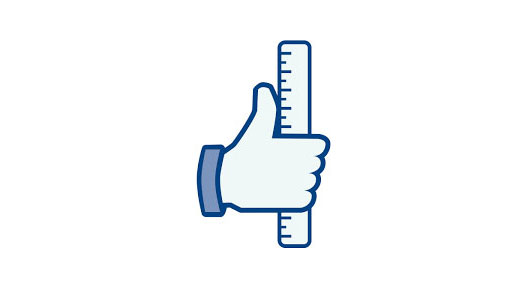It’s been a while since I’ve written about statistics. So in this column, I will be looking at the rules of three and five. These are heuristics, or rules of thumb, that can help us out. They are associated with sample sizes.
|
ADVERTISEMENT |
Rule of three
Let’s assume that you are looking at a binomial event (pass or fail). You took 30 samples and tested them to see how many passes or failures you get. The results yielded no failures. Then, based on the rule of 3, you can state that at a 95-percent confidence level, the upper bound for a failure is 3/30 = 10%; in other words the reliability is at least 90 percent. The rule is written as:
p = 3/n
where p is the upper bound of failure, and n is the sample size.
Thus, if you used 300 samples, then you could state with 95-percent confidence that the process is at least 99-percent reliable based on p = 3/300 = 1%. Another way to express this is to say that with 95-percent confidence, fewer than 1 in 100 units will fail under the same conditions.
…

Add new comment